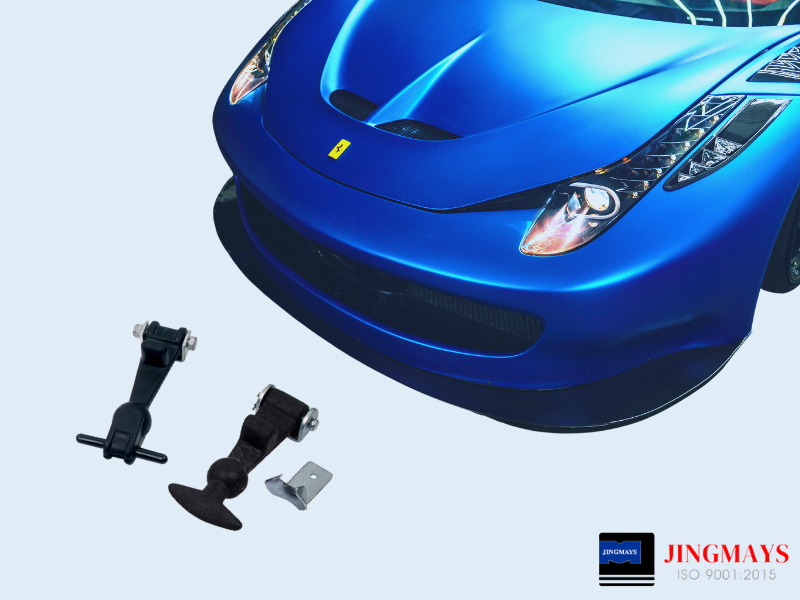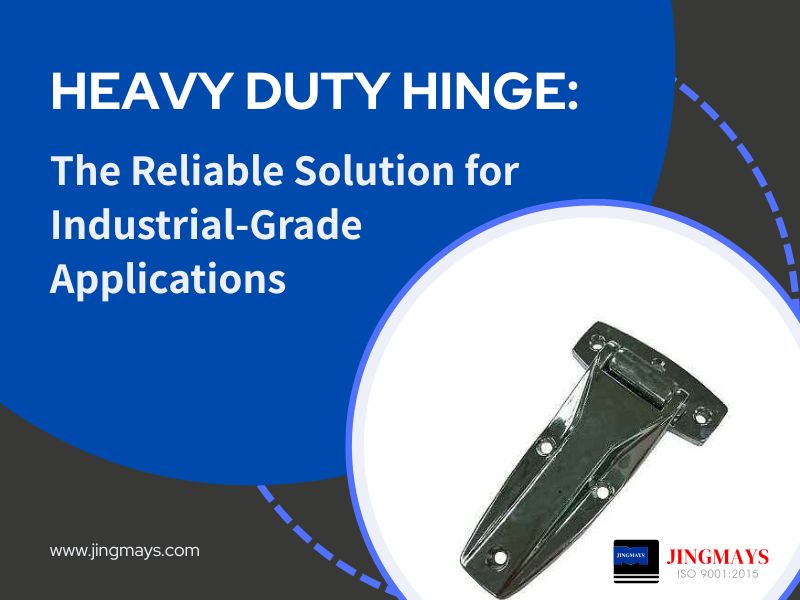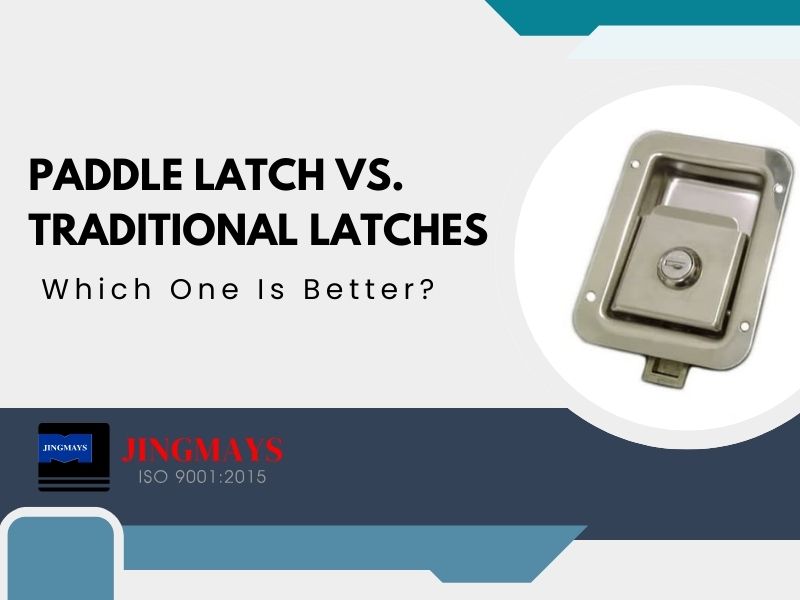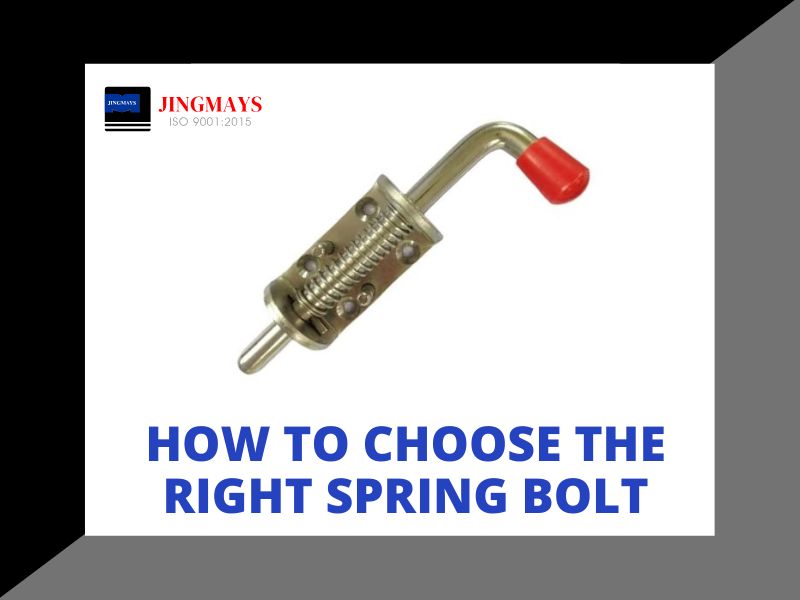How Jingmays Industrial Hood Catch Is Revolutionizing Automotive Industry Design

In the automotive industry, the hood catch plays a critical role in securing the vehicle's hood and ensuring the safety of both the driver and other road users. As an established manufacturer of cabinet and furniture hardware, building and industrial vehicle truck hardware, marine fittings, and more, JINGMAYS INDUSTRIAL brings its expertise to the realm of hood catches. In this article, we will explore the significance of hood catches, their functionality, and the importance of choosing a reliable manufacturer like JINGMAYS INDUSTRIAL.
Understanding the Role of Hood Catches:
The primary function of a hood catch is to secure the vehicle's hood in its closed position, preventing it from unexpectedly opening while driving. By keeping the hood securely fastened, hood catches ensure that critical components, such as the engine, remain protected from external elements and maintain optimal performance.
Potential Dangers of a Malfunctioning or Inadequate Hood Catch:
A malfunctioning or inadequate hood catch poses significant risks to the vehicle and its occupants. Some potential dangers include:
- Sudden Hood Opening: If a hood catch fails to keep the hood securely closed, it may unexpectedly open while the vehicle is in motion. This can obstruct the driver's visibility, potentially leading to accidents and compromising the safety of other road users.
- Hood Misalignment: A poorly functioning hood catch can result in misalignment between the hood and the vehicle's body. This can cause rattling noises, increased wind resistance, and potential damage to the hood, leading to expensive repairs.
- Engine Compartment Access: Inadequate hood catches may allow the hood to partially open or not remain fully latched. This can create accessibility to the engine compartment while the vehicle is in motion, posing severe safety hazards and increasing the risk of engine damage.
Compliance with Safety Regulations and Standards:
Automotive safety regulations and standards, established by organizations like the National Highway Traffic Safety Administration (NHTSA) and International Organization for Standardization (ISO), outline specific requirements for hood latch systems. Vehicle manufacturers must adhere to these regulations to ensure the safety of their products and meet industry standards.
Hood catches must undergo rigorous testing procedures to ensure their reliability and compliance. These tests typically evaluate aspects such as latch strength, endurance, and resistance to various environmental factors, including vibrations, temperature fluctuations, and corrosion.
By selecting hood catches from reputable manufacturers like JINGMAYS INDUSTRIAL, automotive companies can have confidence in meeting the necessary safety regulations and standards. JINGMAYS INDUSTRIAL's commitment to quality and compliance ensures that their hood catches provide the necessary reliability and durability required for vehicle safety.
How to choose the reliable hood catch:
Quality and Durability:
- Look for hood catches made from high-quality materials such as stainless steel or heavy-duty alloys. These materials offer excellent strength and resistance to corrosion, ensuring durability and longevity.
- Consider the construction of the hood catch, including the latch mechanism and fastening components. Look for sturdy construction and robust design that can withstand the rigors of everyday use.
Compatibility:
- Ensure that the hood catch you choose is compatible with your specific vehicle make and model. Check for compatibility information provided by the manufacturer or consult with a knowledgeable automotive professional.
- Consider factors such as mounting hole locations, latch dimensions, and overall design to ensure a proper fit.
Safety Standards and Regulations:
- Verify that the hood catch meets applicable safety standards and regulations, such as those set by organizations like the NHTSA or ISO. This ensures that the hood catch has undergone rigorous testing for strength, endurance, and safety performance.
Manufacturer's Reputation:
- Research the reputation and track record of the manufacturer. Look for well-established companies with a history of producing reliable and high-quality automotive hardware.
- Read customer reviews and feedback to get insights into the performance and reliability of the hood catches offered by the manufacturer.
Warranty and Support:
- Check if the hood catch comes with a warranty, as this demonstrates the manufacturer's confidence in their product's quality.
- Consider the availability of customer support and after-sales service. A reputable manufacturer should provide assistance and support if you encounter any issues or have questions about the hood catch.
Price and Value:
- While cost is a consideration, prioritize value over the cheapest option. A reliable hood catch may come at a slightly higher price, but it offers peace of mind, durability, and safety.
Consultation and Expert Advice:
- If you're unsure about the selection process, consult with automotive professionals, such as mechanics or specialists in automotive hardware. They can provide valuable insights and recommendations based on their experience and expertise.
Conclusion:
The significance of hood catches in vehicle safety cannot be overstated. By securely latching the hood, these essential components protect the engine, maintain aerodynamic integrity, and prevent hazardous situations on the road. Choosing reliable and compliant hood catches from trusted manufacturers like JINGMAYS INDUSTRIAL ensures that vehicles adhere to safety regulations and standards, offering peace of mind to both manufacturers and end-users. Prioritizing the quality and functionality of hood catches contributes to overall automotive safety, promoting a safer driving experience for everyone on the road.


